What are the characteristics of Guatemala coffee beans Guatemala coffee origin flavor taste description
Speaking of American coffee beans, we naturally think of Brazil, Colombia, Costa Rica, Panama and other representative coffee producing countries, whose geographical advantages, coffee varieties and treatments make coffee beans have their own characteristics. in addition, Front Street Coffee has a special preference for coffee beans produced in Guatemala.
When it comes to Guatemala, one magic thing I have to say is its geographical advantage, from the plain to the high sea waves to the coastal areas of the Pacific Ocean, as well as a number of volcanoes, creating the extraordinary nature of coffee. The fertile volcanic soil of Guatemala gives birth to boutique coffee beans with unique flavor.
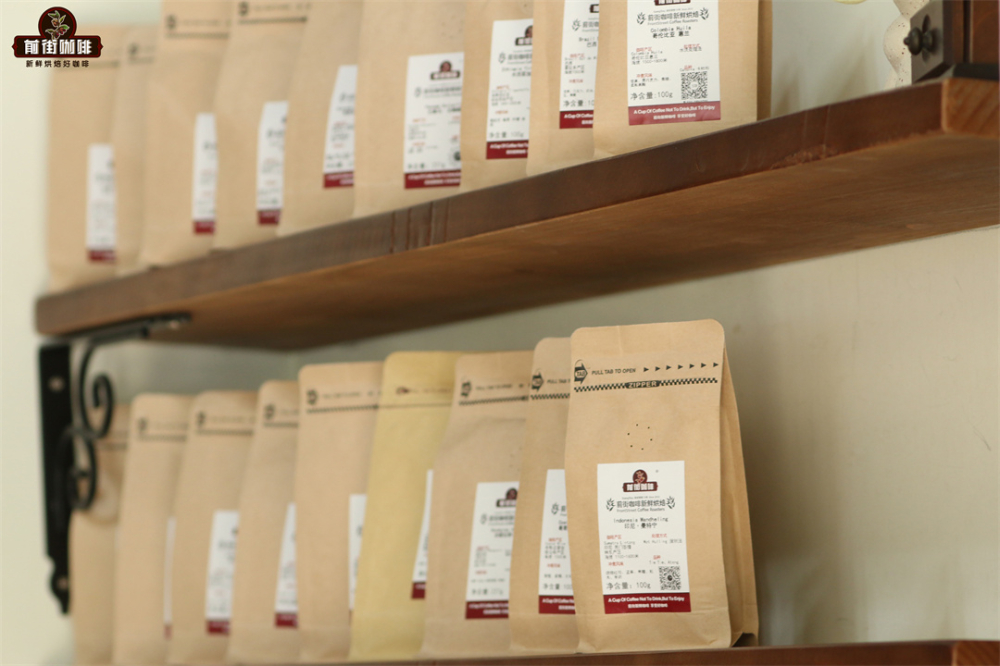
Guatemala has volcanoes sitting more than 3,000 meters, and the territory can be roughly divided into the low-lying northern plain, the high-altitude central plateau, and the southern coastal zone on the Pacific side. Based on a variety of topography and climatic conditions, coffee is grown from the plateau to the northern plains, the Pacific side and the Atlantic side, and the main producing areas include Antigua, Atlanta, San Marcos, Gobang and so on.
Vivette Nanguo, which benefits from fertile volcanic ash soil and climate, has also attracted worldwide attention over the years. The National Coffee Association of Guatemala, which is operated by producers and exporters, actively provides agricultural assistance to producers. Although the country's estates are of different sizes and use traditional agricultural methods, they still produce many boutique coffee with rich personalities.
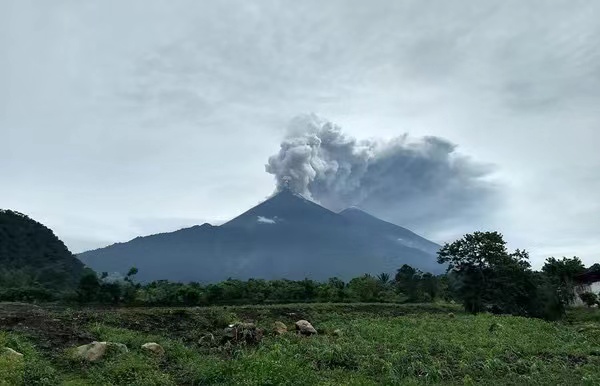
Main producing areas of Guatemala
Such a rich regional flavor should be related to the soil and water in the eight major producing areas of the country. Among them, the five producing areas of Antigua, Ekat Nango Valley, Attilan, St. Mark and Huaiqiang belong to volcanic geology. In addition, Vivetta Nanguo, Koban and New Oriental producing areas belong to the climate of non-volcanic highlands or tropical rain forests. Guatemala is home to more than 300 microclimates, making it the largest in the world.
The National Coffee Association of Guatemala (ANACAFE) is roughly divided into eight producing areas according to the conditions of coffee flavor, climate, soil and altitude.
Antigua (Antigua)
The Antigua producing area is located in the entire area of the Madre plateau in the opographically Mountains that pass through Guatemala. Because of its natural conditions, Antigua has become the most famous of the eight major producing areas in Guatemala. High altitude, unique volcanic soil, shade planting, so that coffee beans have a unique flavor.
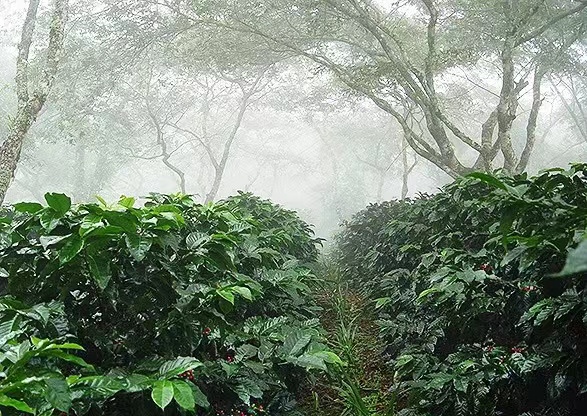
Vivette Nanguo (Huehuetenango)
Vivette Nango is an important coffee producing area in Guatemala, and its name is also interesting to pronounce. The name comes from Nahuatl, which means "land of the ancients (or ancestors)." Unlike Antigua, the coffee from Vivette Nanguo has a fragrant, clear fruit flavor (fruity flavors) and a refreshing flavor. Due to the high altitude, the coffee beans are of better quality, rich taste and full grains, which are favored by the European royal family. Vivette Nan Fruit is located in the highlands of northwestern Guatemala and is planted at an altitude of 1800 Murray 2100 meters. it is the highest coffee producing area in the country and is famous for producing high quality beans.
Vivette Nanguo, which benefits from fertile volcanic ash soil and climate, has also attracted worldwide attention over the years. The National Coffee Association of Guatemala, which is operated by producers and exporters, actively provides agricultural assistance to producers. Although the country's estates are of different sizes and use traditional agricultural methods, they still produce many boutique coffee with rich personalities.
Due to the large number of rivers and lakes in Guatemala, the Vivette Nanguo region is rich in mountains and water resources, dry climate but abundant water resources, and complete water conservancy facilities in the region, coffee is mostly washed and processed.
Class (Coban)
The Copan coffee producing area is located in Alta Verapaz province, 220km from Guatemala City, which is famous for its unspoiled natural environment and unique microclimate. Alta Verapaz is geographically close to the northern province of Peten, which is the core of Mayan culture and the source of the largest tropical rainforest in Central America and Guatemala; looking south, you face the contrast between mountains, high-altitude mountains and high-humidity rainforests above 1600 meters above sea level. The area is always shrouded in mist formed by dense clouds falling. The name "Koban" comes from the Q'eqchi language "Cob'An", which means "foggy place".
Lake Attilan (Atitlan)
Of the three major volcanic producing areas in Guatemala, there is the most organic matter in the soil. 90% of the coffee plants are planted along extremely steep volcanic slopes, and the daily cool breeze from the Atitl á n lake gives the region's microclimate its own style and characteristics. Lake Attilan is one of the four volcanic coffee producing areas in Guatemala. The soil around the lake is very fertile, and the lake edge is still 1500 meters above sea level. It is also the largest and most famous high-altitude volcanic lake in Guatemala.
Farahan Plateau (Fraijanes)
The Fraijanes producing area is surrounded by the capital, Guatemala City, with high altitude, abundant rainfall and great humidity variation. Ash from Pacaya, Guatemala's most active volcano, provides important minerals for the region's soil, but occasionally has an impact on human safety and infrastructure.
San Marco volcano producing area (Volcanic San Marcos)
It has the warmest climate of the eight coffee producing areas and has the heaviest rainfall, reaching 200in (5000 mm). The rainy season comes earlier and blossoms earlier than in other areas. Like all remote coffee producing areas in Guatemala, most estates in San Marco have their own washing plants, which are then half-dried in the yard and then dried at a low temperature.
Ackernan Fruit producing area (Acatenango)
Guatemala is a very unique coffee producing area. Acanango is the smallest of the eight largest coffee producing areas in Guatemala. It is located on the hillside of Acanango volcano, with an average elevation of 1600 meters. Its soil is rich in volcanic mixtures, new ash from nearby Fuego volcanoes that often erupt.
The microclimate of this producing area is characterized by four distinct seasons, allowing farmers to sun-dry their coffee in spring, filling coffee trees with abundant Rain Water to keep humidity in summer, and warm and humid sea breezes from the Pacific Ocean in winter to protect coffee from the cold.
New Oriental producing area (New Oriente)
New Oriental is the youngest coffee producing area in Guatemala. Rain Water is abundant here, under the shade of clouds for many years, the climate is similar to the producing area of Koban rainforest. In ancient times, it was a volcanic area, where the soil was made up of metamorphic rocks, so it was rich in minerals. The New Oriental District used to be the poorest area in Guatemala before it began to grow coffee. Since the 1950s, farmers in the mountains have started growing coffee on the natural, nutritious land here. Gradually, it has become a rising star in the Guatemalan coffee industry.
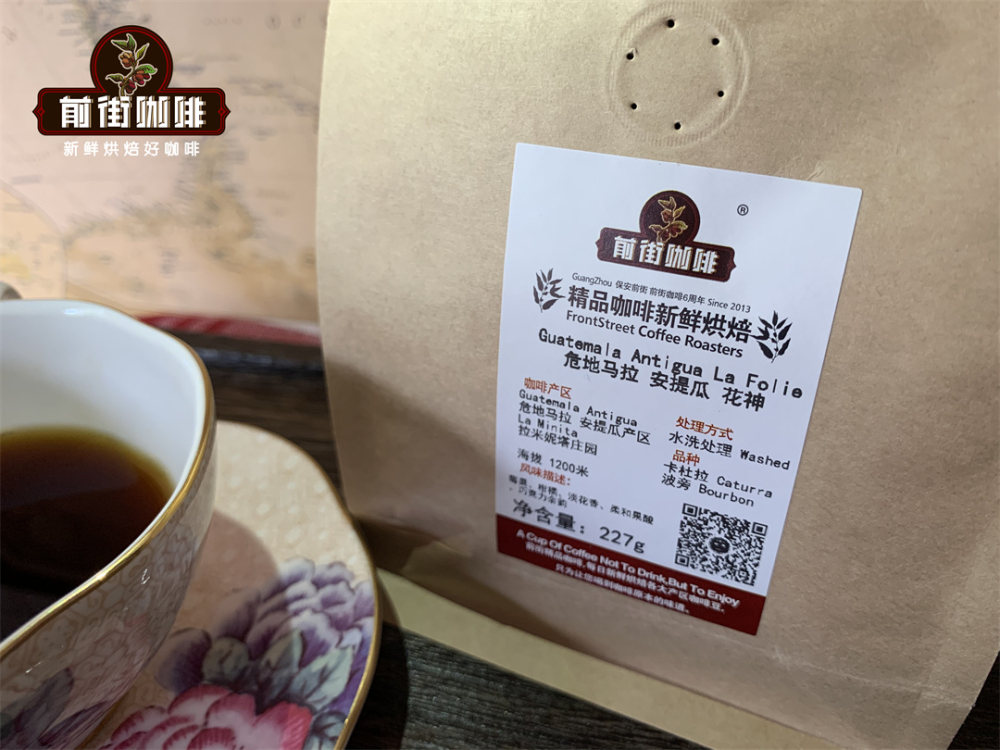
Coffee variety
Dangerous country coffee varieties are mainly bourbon, iron pickup, Kaduai, Kaddura, there are also a small number of yellow bourbon, Rosa and Pacamara, the variety is quite diverse, but it is also commendable to retain the ancient tin pickup and bourbon. The varieties of Qianjie Coffee are Kaddura and Bourbon.
Grading method
Although it is graded according to the altitude of the place of origin, the grade is often determined by flavor. The producing area is rated as "extremely hard coffee beans" (SHB) at an altitude of more than 1300 meters, "hard coffee beans" (HB) at 1200 meters, and "extra high quality water washing" at 900 meters and 1050 meters (EPW).
The treatment of Guatemala
Coffee-producing countries in the Americas have basically given priority to washing treatment, such as Colombia and Costa Rica, and Guatemala is no exception. What are the steps of washing treatment? After the coffee fruit is picked, it will be sent to the washing plant for treatment, and the coffee fruit will be floated on the water flow, in order to select the coffee fruit with sufficient density, usually the fruit with short growth cycle is not dense enough, it will float on the water during the flotation stage, while the coffee fruit with sufficient density will sink under the water and flow to the next destination.
Then the coffee fruit will use a machine to remove the peel and pulp, put the pectin coffee beans into the fermentation tank for fermentation, using fermentation to decompose the pectin layer. The fermented coffee beans are washed with clean water to remove the decomposed pectin layer and excess pulp.
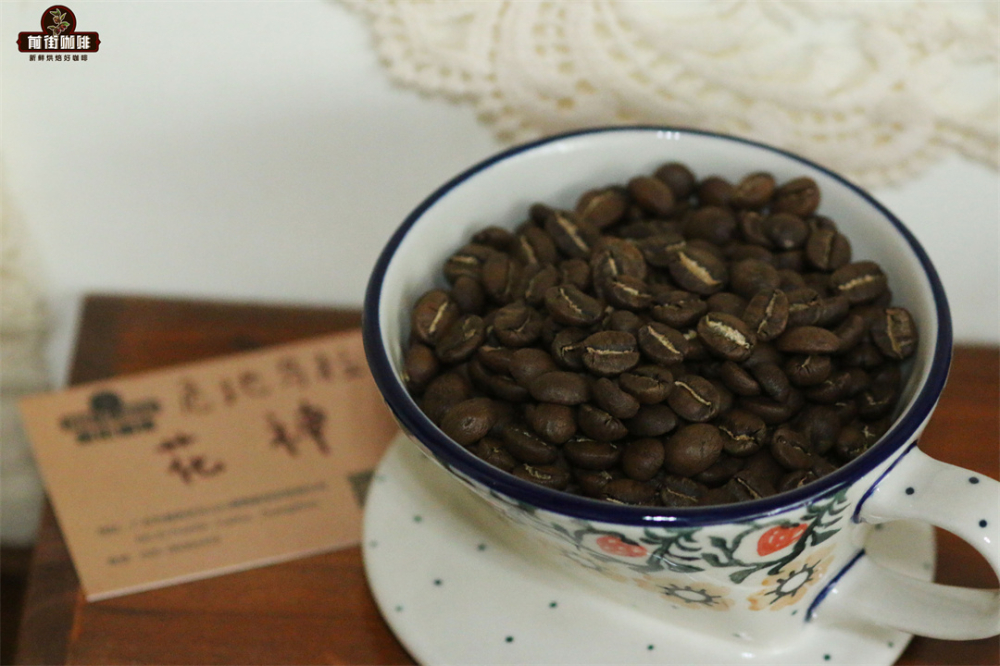
Guatemalan coffee bean flavor
Guatemalan coffee beans once enjoyed a reputation as the best quality coffee beans in the world. The extra-hard coffee beans here are full-grained, delicious and balanced, and the coffee made with them is pure and rich. It has a strong sour taste, mellow taste and slightly wild taste, and can be used as a single drink or for the preparation of comprehensive coffee.
Guatemala's extremely hard beans are famous for their elegant, sour, clean, well-structured, as well as sour apples, berries, jasmine, orange peel, green pepper, sweet and sour fruit, sweet chocolate, and even smoky aftertaste.
Speaking of the special features of coffee in the Vivetnam fruit producing region of Guatemala, there is also the Antigua producing area. Antigua's charm lies in its well-balanced acidity and rich spice flavor. coffee is not only smooth, high hardness, good quality, more full-bodied and sour and sweet perfect match, coupled with a trace of smoky flavor, but also emphasizes its deep and mysterious. The smell of smoke is even more unique. In the bean list of Qianjie Coffee, there is a Huasheng coffee bean from Antigua. Hua Shen coffee bean washing treatment, as well as Kadulai and other varieties, flavor of citrus, nuts and cocoa finish, overall exquisite.

Important Notice :
前街咖啡 FrontStreet Coffee has moved to new addredd:
FrontStreet Coffee Address: 315,Donghua East Road,GuangZhou
Tel:020 38364473
- Prev
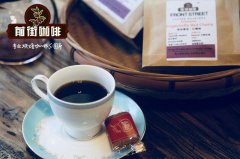
Is Ethiopia's Bita Manor Coffee good? Bita Manor Coffee Bean Flavor
Professional coffee knowledge exchange more coffee bean information please follow the coffee workshop (Wechat official account cafe_style) Ethiopia Kafabita Manor Bita Garden is located in the southwest of Ethiopia's Kafa forest area, to this day, the Kafa forest still maintains the forest appearance of the traditional Ethiopian primeval forest, while retaining a considerable number of native coffee varieties, many cups have tested Kafa production.
- Next

What are the reasons for the mellowness of Guatemala Antigua?
Professional coffee knowledge exchange more coffee bean information please follow the coffee workshop (Wechat official account cafe_style) front street Antigua Guatemala coffee brief introduction Antigua coffee is sought after by the vast majority of coffee lovers only because of its distinctive flavor. Because it is planted on the hillside of the volcano, it retains its own characteristics better than Costa Rica.
Related
- Beginners will see the "Coffee pull flower" guide!
- What is the difference between ice blog purified milk and ordinary milk coffee?
- Why is the Philippines the largest producer of crops in Liberia?
- For coffee extraction, should the fine powder be retained?
- How does extracted espresso fill pressed powder? How much strength does it take to press the powder?
- How to make jasmine cold extract coffee? Is the jasmine + latte good?
- Will this little toy really make the coffee taste better? How does Lily Drip affect coffee extraction?
- Will the action of slapping the filter cup also affect coffee extraction?
- What's the difference between powder-to-water ratio and powder-to-liquid ratio?
- What is the Ethiopian local species? What does it have to do with Heirloom native species?

